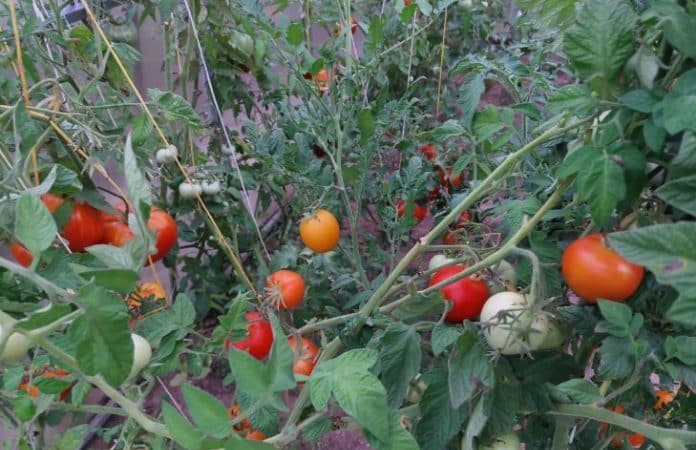
It’s so sad! Phytophthora is one of the most dangerous diseases that can affect tomatoes. It can destroy them completely. The average air temperature is around 20 degrees Celsius, which means that infection can develop to catastrophic levels in just three days.
The Rapid Progression of Phytophthora
In cases where treatment is delayed or postponed, the plants die completely within a week and a half or two weeks. It is therefore extremely important to be able to recognize the first symptoms of this terrible disease in time.
Recognizing Early Symptoms
In most cases, gardeners only notice something wrong when the fruit itself starts to rot. They rush to save the crop, but at this stage, there is nothing they can do: the fruit damage is the last stage of the infection. The most sensible thing to do in this situation is to dig up the bush and burn it.
Once infected with phytophthora, plants can only be saved if the first signs are detected in time. It is therefore important to inspect the plantations regularly and to take protective measures in time.
Initial Signs of Infection
The fungus first establishes itself on the lower leaves of tomatoes. Its presence can be recognized by the dark blurred spots and white patches on the underside of the leaves. Once the hot weather sets in, the infected areas dry out very quickly and crumble at the slightest contact.
The infection then begins to spread throughout the plant, affecting stems, stalks, and the fruit itself. It is impossible not to notice its manifestations at this stage: the whole bush is covered with brown spots and the tomatoes start to turn black.
Preventing the Spread
Tomatoes should not be picked at this stage; even under ideal conditions, they will not survive to ripen. Regular inspection and early detection are key to preventing the catastrophic effects of Phytophthora.

